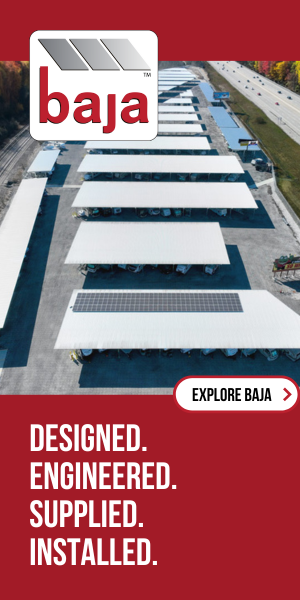By RV Industry Association
Under its Clean Air Act authority, the Environmental Protection Agency (EPA) is proposing new, more stringent emissions standards for criteria pollutants and greenhouse gases for light-duty vehicles and medium-duty vehicles from model years 2027 through 2032. The EPA is also proposing greenhouse gas program revisions in several areas, including off-cycle and air conditioning credits, the treatment of upstream emissions associated with zero-emission vehicles and plug-in hybrid electric vehicles in compliance calculations, medium-duty vehicle incentive multipliers, and vehicle certification and compliance.
Furthermore, the EPA is proposing new standards to control refueling emissions from incomplete medium-duty vehicles, and battery durability and warranty requirements for light-duty and medium-duty plug-in vehicles. EPA is proposing minor amendments to update program requirements related to aftermarket fuel conversions, importing vehicles and engines, evaporative emission test procedures, and test fuel specifications for measuring fuel economy.
The end result of this proposed regulation will be more stringent emission standards that will increase the cost of engines in both motorhomes and tow vehicles.
The work conducted by RVIA ultimately impacts the industry as a whole, affecting everything from the number of purchases of new RVs in the coming year to the need for recreation vehicle storage.
Earlier this month the RV Industry Association submitted comments opposing the proposed rule and requesting that motorhomes be excluded from the EPA’s proposed medium-duty vehicle standards for the following reasons:
- The Phase 3 greenhouse gas rule established standards for motorhomes that correctly acknowledge the reality that motorhomes are not well-suited for electrification.
- If finalized, the EPA’s rule will severely limit the use and affordability of motorhomes. As a result, it will severely hurt motor-home manufacturers, dealers, their employees, and their families.
- To power a motorhome, the batteries would take up space that is otherwise necessary for housing the various elements of a motorhome. They would also add significant amounts of weight to the motorhome making it no longer capable of being equipped with the components typically found in a motorhome.
For more information, visit the RVIA website.




























